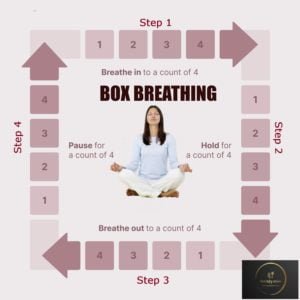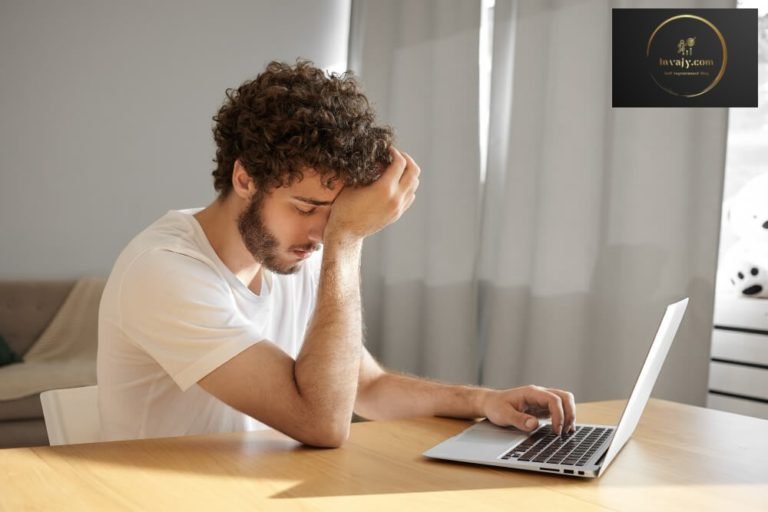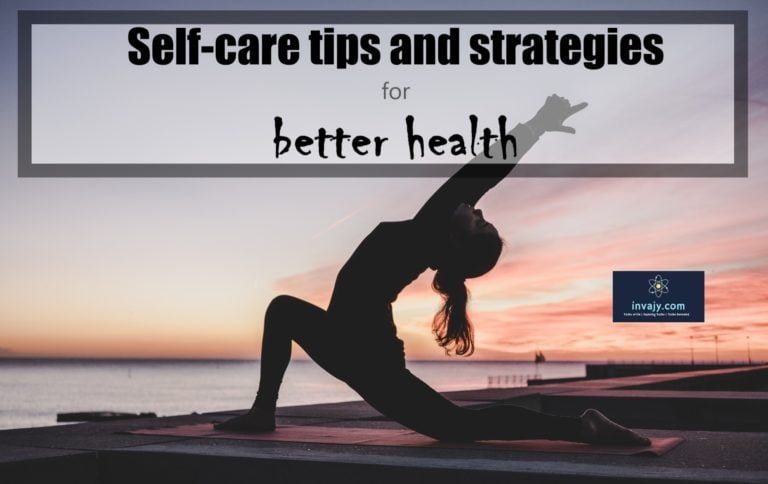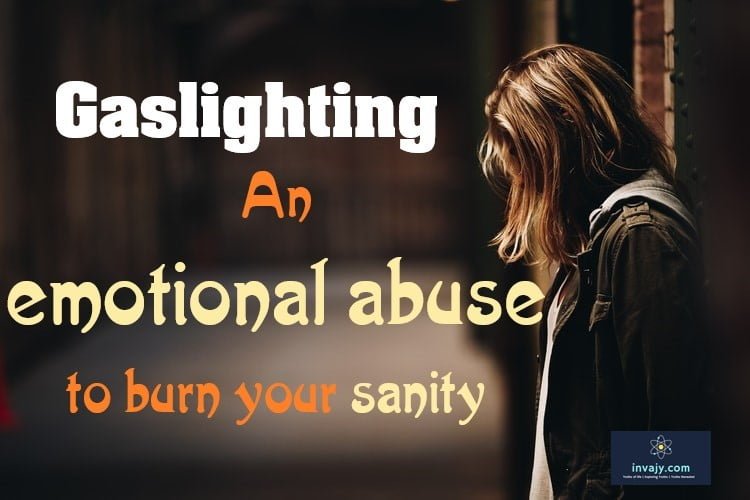Panic Disorder : Panic Attacks When Fear Overwhelms
Navigate Panic Disorder with clarity and support. Discover symptoms, triggers, and effective treatments to manage and overcome episodes, enhancing your quality of life and mental health.

Have you experienced sudden anxiety attacks and overwhelming fear that last for several minutes? Maybe you suffocate, sweat, your heart pounds, and you feel like you can’t think clearly. Do these attacks occur at unpredictable times with no apparent trigger, causing you to worry about the possibility of having another one at any time? In such scenario, you have Panic Disorder Condition. The good news is panic disorder is treatable. Learn more about the symptoms of panic disorder and how to find help.
What is Panic Disorder?
Panic disorder is when you’ve had at least two panic attacks (you feel terrified and overwhelmed, even though you’re not in any danger) and constantly worry and change your routine to keep from having another one. It’s a type of anxiety disorder.
As mentioned these attacks are characterized by a sudden wave of fear or discomfort or a sense of losing control even when there is no clear danger or trigger. Not everyone who experiences a panic attack will develop panic disorder. One in 10 adults in the U.S. have a panic attack each year and they usually begin between the ages of 15 and 25. About a third of people have one in their lifetime. But most of them don’t have panic disorder. Only about 3% of adults have it, and it’s more common in women than in men.

Panic Disorder Symptoms
Individuals with panic disorder usually have a series of intense episodes of overwhelming anxiety during panic attacks. A panic attack can happen anywhere, at any time. You’ll have four or more of these signs:
- A sense of approaching danger
- Sweating
- Pounding or fast heartbeat
- Shortness of breath or a feeling of being smothered
- Throat tightness
- Feeling dizzy or faint
- Chest pain
- Trembling or shaking
- Cramps in your belly
- Headache
- A choking feeling
- Nausea or stomach pains
- Chills or hot flashes
- Weakness or dizziness
- Numbness or tingling
- A need to go to the toilet
- Ringing in your ears
- Feeling unreal or detached
- A fear of losing control or going crazy
- A fear of dying
Sometimes a panic attack is triggered by a specific event or external stimulus. Other times, the symptoms of a panic attack occur for no clear reason. Typically, the symptoms are not proportionate to the level of danger that exists in your environment.
Because of their unpredictable nature, panic attacks can significantly affect your everyday life. Some people experience panic attacks at work, in public with friends, or even at home.
A panic attack usually passes in 8 to 15 minutes, but it may linger for hours. You may feel like you’re having a heart attack or a stroke. So people with panic attacks often wind up in the emergency room for evaluation.
What Causes Panic Disorder?
As with many mental health conditions, the exact cause of panic disorder is not fully understood. But it’s thought to be linked to a combination of things, including:
- a traumatic or very stressful life experience, such as bereavement
- having a close family member with panic disorder (though it’s not clear how much of that is because of your genes or the environment you grew up in)
- an imbalance of neurotransmitters (chemical messengers) in the brain
- high levels of stress
- frequent negative feelings or trouble dealing with negative emotions
Panic Attack vs. Panic Disorder
Panic disorder always includes panic attacks. But having a panic attack doesn’t necessarily mean you have panic disorder.
In making a panic disorder diagnosis, doctors will look at the amount and frequency of any panic attacks. They’ll also take into consideration your feelings surrounding them.
Many people experience a panic attack at some point in their lives. But when you have multiple panic attacks and live in fear of their reoccurrence, this can indicate panic disorder.
Helpful tips to overcome Panic Disorder
Here are tips and strategies to deal with Panic Disorder.
Psychotherapy
Cognitive behavioral therapy (CBT), a research-supported type of psychotherapy, is commonly used to treat panic disorder. CBT teaches you different ways of thinking, behaving, and reacting to the feelings that happen during or before a panic attack. The attacks can become less frequent once you learn to react differently to the physical sensations of anxiety and fear during a panic attack.
Exposure therapy is a common CBT method that focuses on confronting the fears and beliefs associated with panic disorder to help you engage in activities you have been avoiding.
Medication
Medication can be useful in managing panic disorders. Antidepressants and Anti-anxiety medications are commonly used to treat Panic Disorder. Benzodiazepines may be used but not for long because you can get dependent on them. Medication in combination with psychotherapy may give better results.
Breathing Exercise
Relaxation techniques including deep breathing exercises, have also been shown to help manage panic attacks.
Breathe in as slowly, deeply and gently as you can, through your nose. breathe out slowly, deeply and gently through your mouth. some people find it helpful to count steadily from 1 to 5 on each in-breath and each out-breath. close your eyes and focus on your breathing.
You can also try box-breathing or square breathing, which is used by US Navy SEALS during stressful conditions.

Practice Mindfulness
Mindfulness can help ground you in the reality of what’s around you. Since panic attacks can cause a feeling of detachment or separation from reality, this can combat your panic attack as it’s approaching or actually happening.

Mindfulness involves:
- focusing your attention on the present
- recognizing the emotional state you’re in
- meditating to reduce stress and help you relax
Focus on the physical sensations you are familiar with, like feeling the texture of your jeans on your hands or digging your feet into the ground. These specific sensations ground you firmly in reality and give you something objective to focus on.
Practice Healthy Habits
In addition to the tips above, there are healthy habits you can incorporate into your lifestyle that can also help reduce anxiety and panic attacks.
Eating well, getting enough rest, and getting regular exercise can be helpful for your overall mental wellness. Regular aerobic exercise like running, biking, or other moderate to high-intensity cardio can actually reduce anxiety symptoms. Alcohol, cigarettes, and caffeine can also be triggers. Cutting them out of your lifestyle can reduce panic attacks.
Over to You
Professional treatment and healthy lifestyle changes can go a long way towards helping you to get relief from panic disorder, panic attacks and anxiety. I hope, if you will use above tips and strategies do deal with Panic Disorder ; you will surely be able to manage this mental health condition in a better way.
That’s all from my side. I hope, you liked this article on mental health. Please share this on your favorite social media portals with your friends and relatives.
(Disclaimer: This article is for general information only. Before adopting preventive methods/measures/treatment, please seek medical advice)






